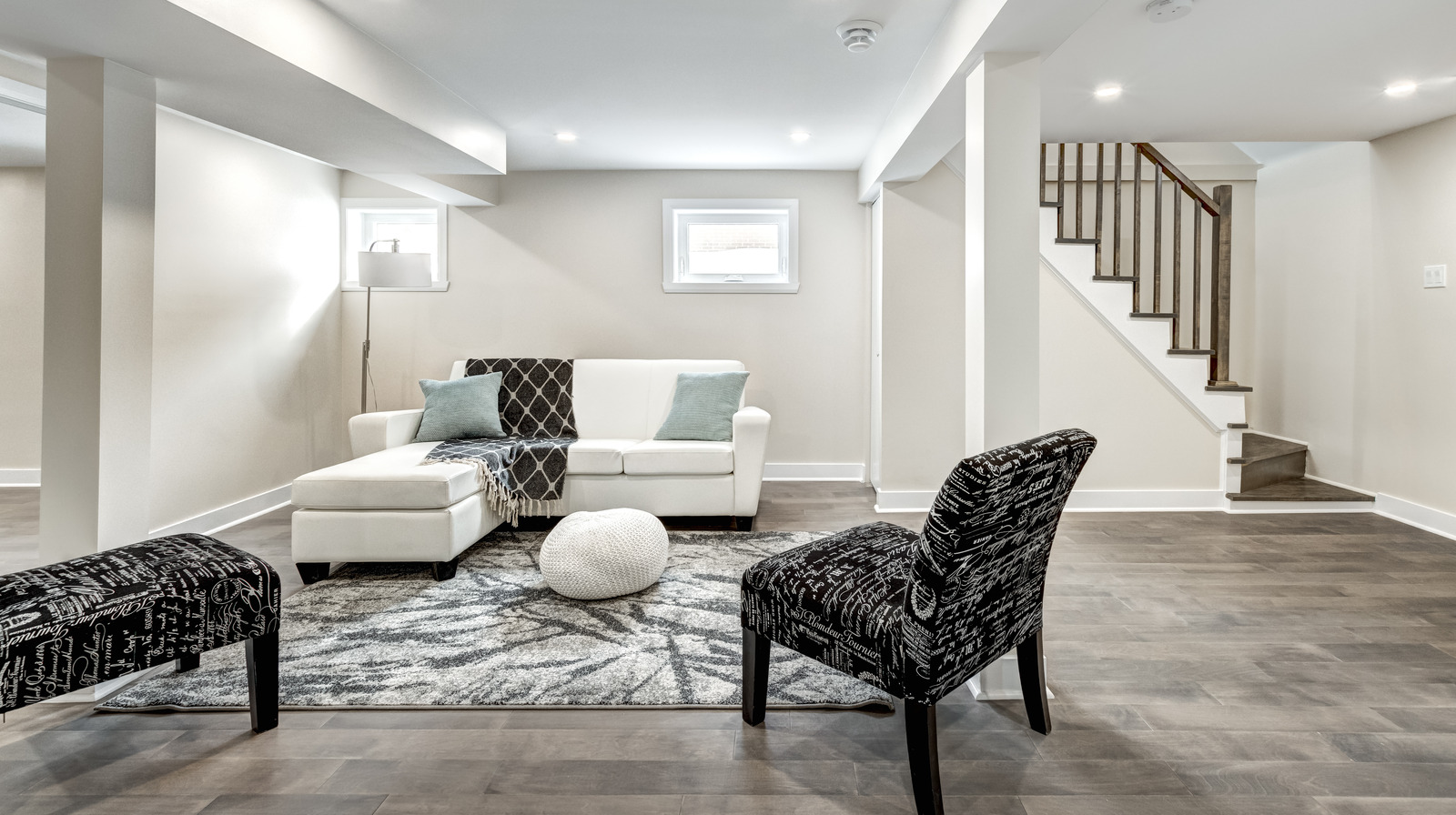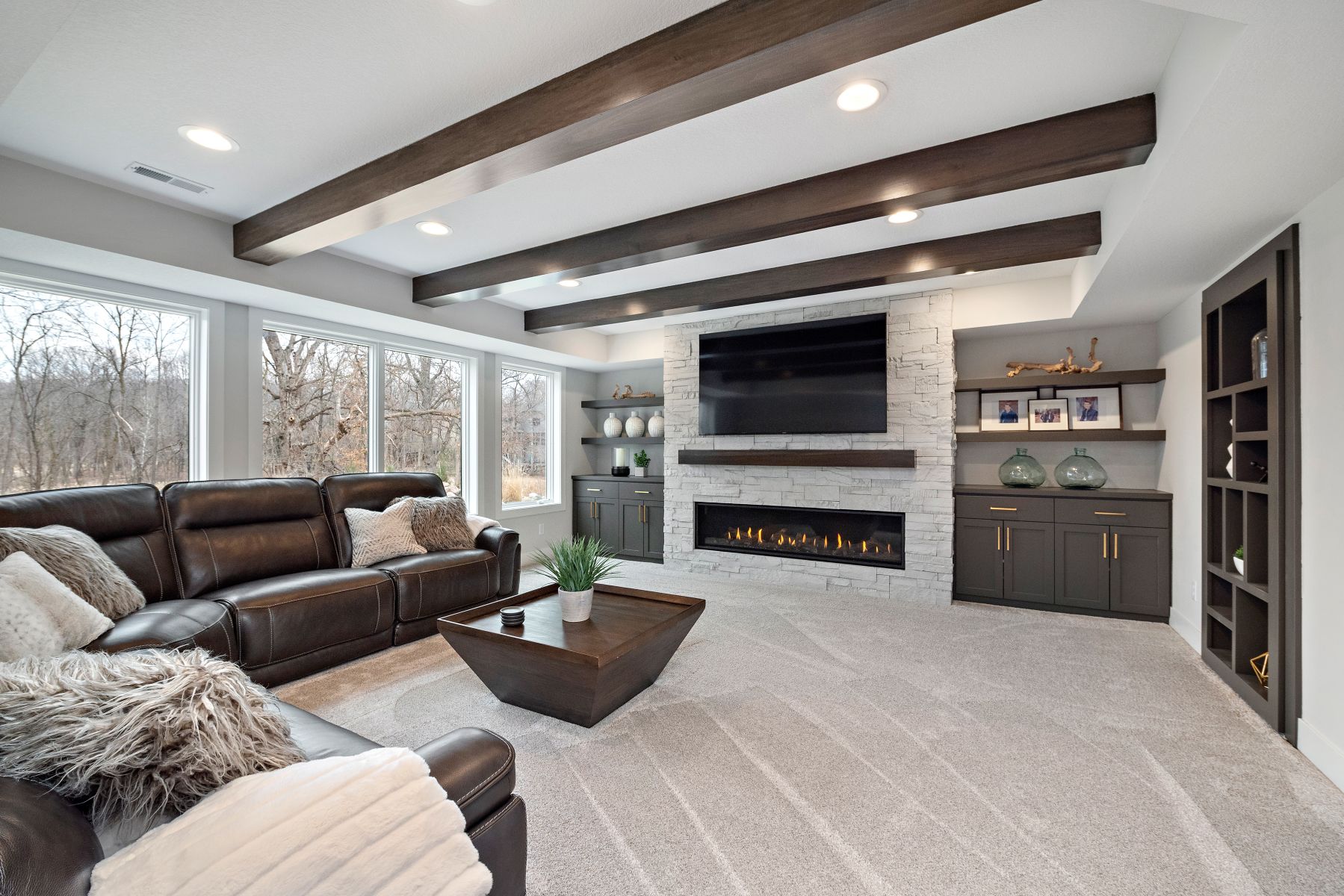Planning Your Basement Bathroom Remodel

Transforming your basement into a functional and stylish bathroom requires careful planning. A well-thought-out plan ensures a successful project, maximizing your investment and achieving your desired outcome.
Identifying Your Needs and Goals
Before embarking on the remodel, clearly define the purpose and intended use of your basement bathroom. This will guide your design decisions and help you prioritize features.
- Guest Bathroom: If the bathroom is primarily for guests, consider a simple and functional design. Focus on providing essential amenities like a toilet, sink, and shower or tub.
- Primary Bathroom: A primary bathroom might require more elaborate features, such as a larger shower, a double vanity, or a soaking tub.
- Accessibility Features: If you plan to make the bathroom accessible for individuals with mobility challenges, consider incorporating features like grab bars, walk-in showers, and wheelchair-accessible toilets.
Assessing Your Budget
Establishing a realistic budget is crucial for successful bathroom remodeling. Break down the project costs into different categories:
- Fixtures: This includes the toilet, sink, bathtub or shower, and faucets. Prices can vary significantly based on brand, style, and material. Expect to spend anywhere from $500 to $5,000 or more for fixtures.
- Materials: Consider the cost of flooring, wall and ceiling materials, cabinetry, and countertops. Budget for $500 to $10,000 or more, depending on your choices.
- Labor: The cost of labor can be substantial. Factor in the cost of plumbers, electricians, and general contractors. Labor costs can range from $2,000 to $10,000 or more, depending on the project’s complexity and location.
Determining the Size and Layout
The available space in your basement will determine the size and layout of your bathroom. Carefully consider the placement of fixtures, ensuring adequate circulation and functionality.
- Measure the space: Accurately measure the area to ensure proper planning and avoid unexpected issues during the remodel.
- Create a floor plan: Sketch out a floor plan to visualize the layout of the bathroom. Experiment with different configurations to find the most efficient and comfortable arrangement.
- Consider natural light: If possible, incorporate windows or skylights to enhance the brightness and airiness of the bathroom.
Considering Plumbing and Electrical Requirements
Before starting your basement bathroom remodel, it’s essential to evaluate the existing plumbing and electrical systems.
- Plumbing: Assess the location of existing plumbing lines and determine if they need to be relocated or upgraded.
- Electrical: Ensure that you have adequate electrical outlets and circuits for your bathroom needs. You may need to add additional circuits or upgrade the existing wiring.
Design Inspiration and Ideas: Basement Bathroom Remodel Ideas

Transforming your basement into a stylish and functional bathroom requires careful consideration of design elements. This section explores various design styles, layout options, storage solutions, and natural light strategies to inspire your basement bathroom remodel.
Basement Bathroom Styles
The style you choose for your basement bathroom will significantly impact its overall aesthetic. Consider these popular options:
- Modern: Characterized by clean lines, minimalist decor, and a focus on functionality. Modern bathrooms often feature sleek fixtures, neutral color palettes, and geometric shapes.
- Farmhouse: Embraces a rustic and cozy feel with natural materials like wood, stone, and metal. Farmhouse bathrooms typically incorporate warm tones, distressed finishes, and vintage-inspired accents.
- Traditional: Offers a timeless and elegant look with classic features like ornate moldings, decorative tiles, and traditional fixtures. Traditional bathrooms often feature rich colors, intricate details, and a sense of sophistication.
- Contemporary: Blends modern and traditional elements, creating a sleek and sophisticated space. Contemporary bathrooms often feature bold colors, unique materials, and statement pieces.
Basement Bathroom Layouts
The layout of your basement bathroom is crucial for maximizing space and creating a comfortable and functional environment. Consider these layout options:
- Separate Shower and Tub: Provides a luxurious and spacious feel, allowing for separate bathing and showering experiences. This layout is ideal for larger basement bathrooms.
- Walk-in Shower: Offers a modern and accessible option, perfect for smaller spaces or individuals with mobility limitations. Walk-in showers typically feature a curbless entry and a spacious shower area.
- Combined Shower/Tub: A practical and space-saving option, suitable for smaller basement bathrooms. Combined shower/tub units offer both showering and bathing capabilities in a single fixture.
Creative Storage Solutions
Maximizing storage in a basement bathroom is essential for maintaining a tidy and organized space. Explore these creative storage solutions:
- Cabinets: Offer ample storage space for toiletries, towels, and other bathroom essentials. Consider custom-built cabinets to maximize space and create a seamless look.
- Shelves: Provide a stylish and accessible storage option for displaying decorative items or storing frequently used items. Open shelves can create a sense of openness, while closed shelves offer a more organized look.
- Built-in Storage: Integrate storage solutions into the bathroom design, such as recessed shelves, vanity drawers, or medicine cabinets. Built-in storage maximizes space and creates a cohesive look.
Importance of Natural Light
Natural light can transform a basement bathroom from dark and dreary to bright and inviting. Consider these strategies for incorporating natural light:
- Windows: If your basement has windows, maximize natural light by strategically placing them to illuminate the bathroom. Consider using frosted or privacy glass to maintain privacy while still allowing light to enter.
- Skylights: A great option for basements with limited window access. Skylights bring in natural light and create a sense of openness. Ensure that skylights are properly sealed and insulated to prevent leaks and drafts.
- Strategically Placed Lighting Fixtures: Combine natural light with artificial lighting to create a balanced and well-lit space. Use a combination of overhead lights, task lighting, and accent lighting to highlight specific features.
Essential Elements and Considerations

Transforming your basement into a functional and stylish bathroom requires careful consideration of essential elements. From selecting the right fixtures to ensuring proper ventilation, these factors play a crucial role in creating a comfortable and enjoyable space.
Bathroom Fixture Selection
Choosing the right bathroom fixtures is essential for both functionality and aesthetics. Consider the following aspects when selecting sinks, toilets, bathtubs, showers, and faucets:
- Sinks: Choose a sink that complements the size and style of your bathroom. Consider pedestal sinks for a classic look, vanity sinks for storage, or vessel sinks for a modern touch.
- Toilets: Toilets come in various styles, including one-piece, two-piece, and elongated. Consider water efficiency and features like dual-flush options.
- Bathtubs: Bathtubs offer relaxation and rejuvenation. Choose a tub that fits your space and preferences, such as a soaking tub, whirlpool tub, or walk-in tub.
- Showers: For a refreshing shower experience, consider the size, style, and features of your shower. Choose from standard showers, walk-in showers, or shower stalls with various spray patterns and temperature controls.
- Faucets: Faucets come in various finishes and styles. Choose faucets that complement your fixtures and provide desired features, such as single-handle, double-handle, or touchless operation.
Ventilation, Basement bathroom remodel ideas
Proper ventilation is crucial in a basement bathroom to prevent moisture buildup, mold growth, and unpleasant odors. Consider the following:
- Exhaust Fan: Install a powerful exhaust fan to remove moisture and air pollutants. Ensure the fan is properly sized for the bathroom and vents to the exterior.
- Window: If possible, include a window for natural ventilation and to provide light.
- Dehumidifier: Consider using a dehumidifier to control humidity levels, especially in humid climates.
Flooring Options
Basement bathroom flooring needs to be durable, moisture-resistant, and aesthetically pleasing. Here are some popular options:
- Tile: Ceramic or porcelain tiles offer durability, water resistance, and a wide range of styles.
- Vinyl: Vinyl flooring is affordable, water-resistant, and available in various patterns and textures.
- Laminate: Laminate flooring provides a wood-like appearance with water resistance and durability.
- Concrete: Concrete floors are durable and moisture-resistant, offering a contemporary look.
Color and Decor
Incorporating color and decor can transform your basement bathroom into a stylish and inviting space. Consider the following:
- Color Palette: Choose a color palette that creates a desired mood. Light and airy colors can make a small space feel larger, while darker colors can create a cozy ambiance.
- Wall Coverings: Explore various wall coverings, such as paint, wallpaper, or tile, to create visual interest and texture.
- Accessories: Add accessories like towels, rugs, and decorative items to personalize your bathroom and enhance its style.
